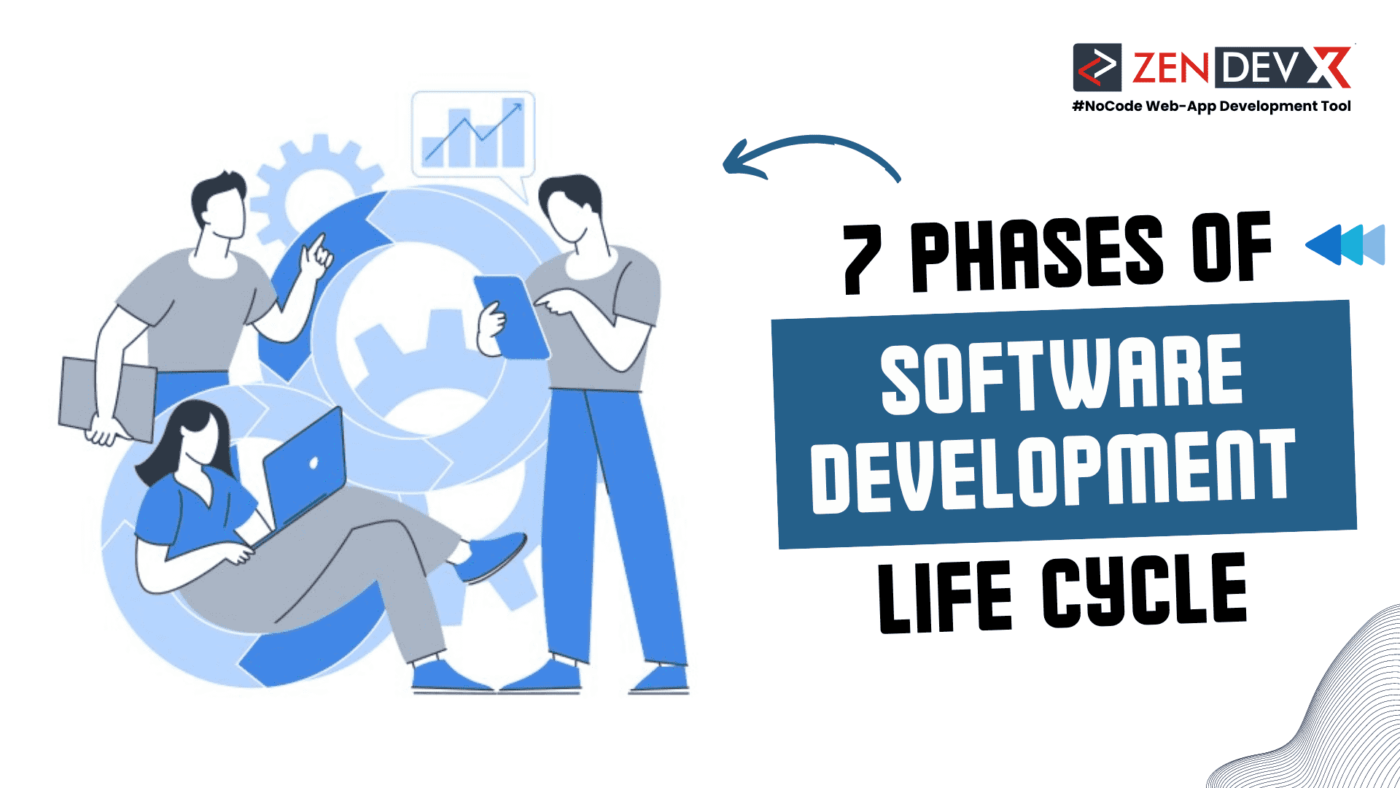7 Phases of Software Development Life Cycle :
The software development life cycle is the process the software sector follows to effectively bring a project from idea to execution. The lifespan usually generally consists of roughly seven steps: planning, analysis, design, development, testing, implementation, and maintenance, notwithstanding variations in software development between businesses and projects.
The life cycle is crucial since it shapes the framework that guarantees your final product will function as expected. Early actions set the stage for success so the real development, testing, and application process runs as naturally as it should. Research and analysis are as vital as the actual writing process, much as they would be in outlining an essay.
1. Planning Stage :
Though the life cycle varies somewhat, it usually starts with a thorough planning stage. Here you not only ensure that everyone is in agreement but also that you have the means to effectively finish the job.
A portion of this is simply practical concerns. Are sufficient people on your team to handle the project? Are you able to finance the initiative? Do you have to get freelancers on board temporarily or call for further employees?
It also requires somewhat precisely honing what you are producing. Even those outside of your IT team, everyone who will be utilizing this specific program should have input here. Before you start, you really should be aware of the value and functioning of the finished product.
2. Investigation :
You compile as much as possible about the client and the product you are developing throughout analysis. This usually means lengthy conversations in which you go over every last element of the project with the client. The development team will then spend time examining this data to ascertain needs for elements like design and code.
You have to take into account hardware from operating systems to security to programming. This guarantees that you have the required personnel on board and guides your distribution of responsibilities. You could have to make some changes before starting the real development process. This can cover everything from changing your schedule to money distribution to recruiting more developers.
3. Plan :
Starting to outline the specifics for your program, the design phase creates a game plan for everything from user interface design to databases to network needs. Throughout the design process, you create different documentation including:
- Screen designs
- Diagrams
- Pseudo code
- A data dictionary
This helps your team to have a road map, thereby shortening the real development process.
Sometimes the design stage entails creating a prototype of the ultimate product. Although this is not always required, early comments will help you go forward. Sometimes project financing is really dependent on showing investors a prototype. In many circumstances, though, a prototype is not necessary and could be a waste of corporate funds.
4. Enhancement :
You convert your needs, documentation, prototypes, outlines, and so forth into a functional code during development. During this phase when other team members frequently take a backseat as the technical aspects are refined, developers are very engaged.
The actual development process shows the true significance of the software life cycle. Though development is always a long, often difficult process, good planning, analysis, and design can help you avoid frequent bottlenecks and run across fewer obstacles along the road.
5. Exercises :
Long-term success requires a lot of work even once the program is developed. Testing the new software takes time in order to find and correct flaws. Developers will carefully review their program during the testing stage in search of any possible faults or problems compromising the end-user experience.
Expect to give your team enough time for testing; faults and flaws are common even with a gifted team of engineers. Imagine them in initial draft as errors. Testing can be quite short or quite time-consuming depending on several elements, including the complexity of the project and the competency of your team.
6. Execution :
Sometimes referred to as deployment, implementation is the process by which your development team takes the code and places it in accessible areas for the pertinent parties. Like testing, the length of this phase will vary significantly based on the details of your project.
With really basic projects, implementation can take less than a day since all your staff has to do is install the code into a web server. More complex projects, however, usually need for including code into several systems, which can take a week or more.
7. Conservation :
In some sense, the life cycle is never totally complete as long as you are running your program. Developers will keep looking for flaws and errors and fix problems as needed. Usually, support experts will highlight and report problems; corporate leaders assist the development team in prioritizing activities and timely addressing concerns.
Conclusion :
The seven stages of software development guarantee that your team keeps on target. You should never jump right into the development stage; you would not begin writing a research paper without first gathering your data and building a comprehensive outline. Following the aforementioned procedure will help you to produce the greatest end result available.


